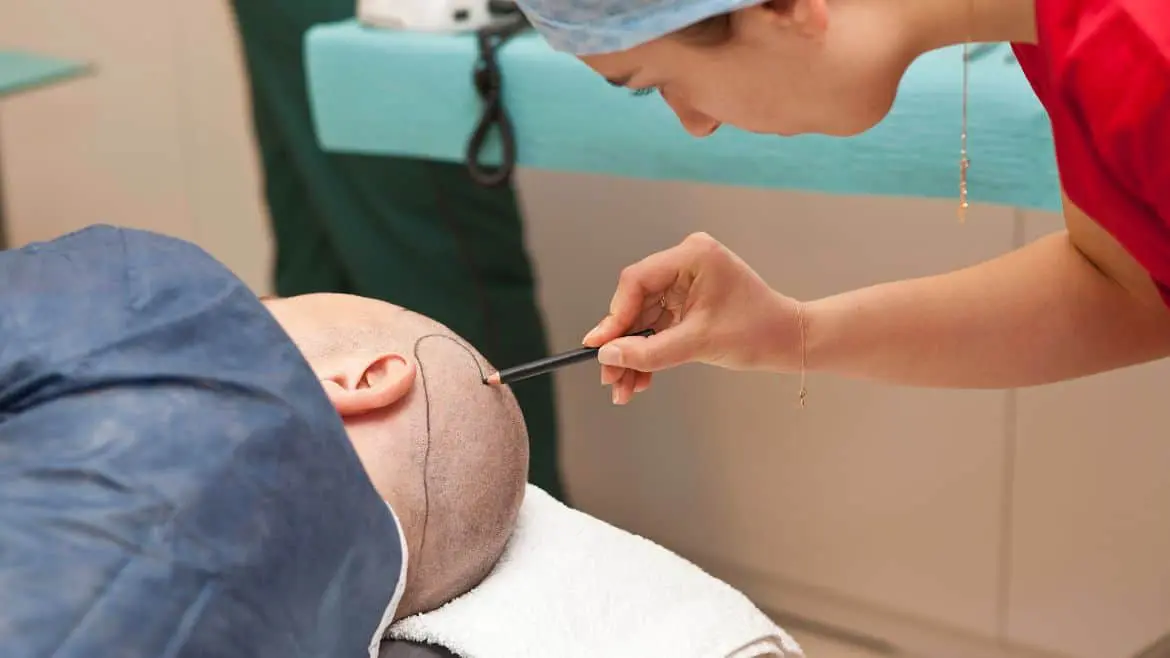A full, thick beard has long been associated with masculinity, style, and confidence. Unfortunately, not all men are blessed with naturally dense facial hair growth. If you find yourself struggling with patchy or thin beard growth, you may have considered various options to achieve the desired look. One popular and effective solution is a beard transplant through hair transplant in Indore surgery. In this blog post, we will explore how beard transplants work and discuss the steps involved in achieving a fuller, thicker beard.
Understanding Beard Transplantation:
Beard transplantation is a cosmetic procedure that involves the extraction of hair follicles from one area of your body (typically the back of the scalp) and their transplantation onto your beard area. These transplanted follicles continue to grow hair naturally, resulting in a fuller and denser beard over time. This procedure is ideal for men who have facial hair thinning, patchiness, or a lack of beard growth due to genetics, scars, burns, or other reasons.
The Procedure: Step by Step:
Consultation:
The first step in the beard transplant process is to schedule a consultation with a qualified and experienced dermatologist or hair transplant surgeon. During this consultation, you will discuss your goals and expectations, medical history, and undergo a thorough examination of your beard and scalp.
Donor Hair Extraction:
In the actual procedure, local anesthesia is administered to ensure your comfort. The surgeon then extracts healthy hair follicles from the donor area, typically the back of the scalp, where the hair is genetically resistant to balding.
Follicle Preparation:
Once the hair follicles are harvested, they are meticulously prepared under a microscope, ensuring that the extracted follicles are intact and ready for transplantation.
Beard Area Preparation:
Before the transplantation begins, the recipient area, i.e., your beard, is cleaned and prepped. The surgeon will make tiny incisions or micro-slits in the desired beard area to receive the transplanted follicles.
Follicle Transplantation:
Using specialized instruments, the surgeon delicately implants each individual hair follicle into the pre-made incisions on the beard area. The placement and direction of the transplanted hair are crucial to achieving a natural-looking result.
Post-Transplant Care:
Once the procedure is complete, you will receive detailed instructions on post-transplant care. This may include information on how to keep the area clean, manage any discomfort or swelling, and what to expect during the healing process.
Recovery and Results:
Following the beard transplant, you can expect the transplanted hairs to shed within the first few weeks. This is a normal part of the process and should not cause concern. New hair growth will gradually emerge within a few months, and by the 6-12 month mark, you should notice significant improvement in the density and thickness of your beard. The transplanted hairs will continue to grow naturally, and regular beard grooming will be necessary to maintain your desired shape and style.
Benefits and Considerations:
Beard transplant surgery offers several benefits, including:
Natural-looking results:
Skilled surgeons can create a beard that looks entirely natural, matching your facial features and desired style.
Permanent solution:
Transplanted hairs are typically permanent since they are taken from areas unaffected by male pattern baldness.
Boost in confidence:
A fuller, thicker beard can enhance your self-esteem and help you feel more confident in your appearance.
It’s important to note that, like any surgical procedure, beard transplant surgery does have some considerations. These may include the cost of the procedure, the need for proper aftercare, and the potential for temporary side effects like swelling or redness.



